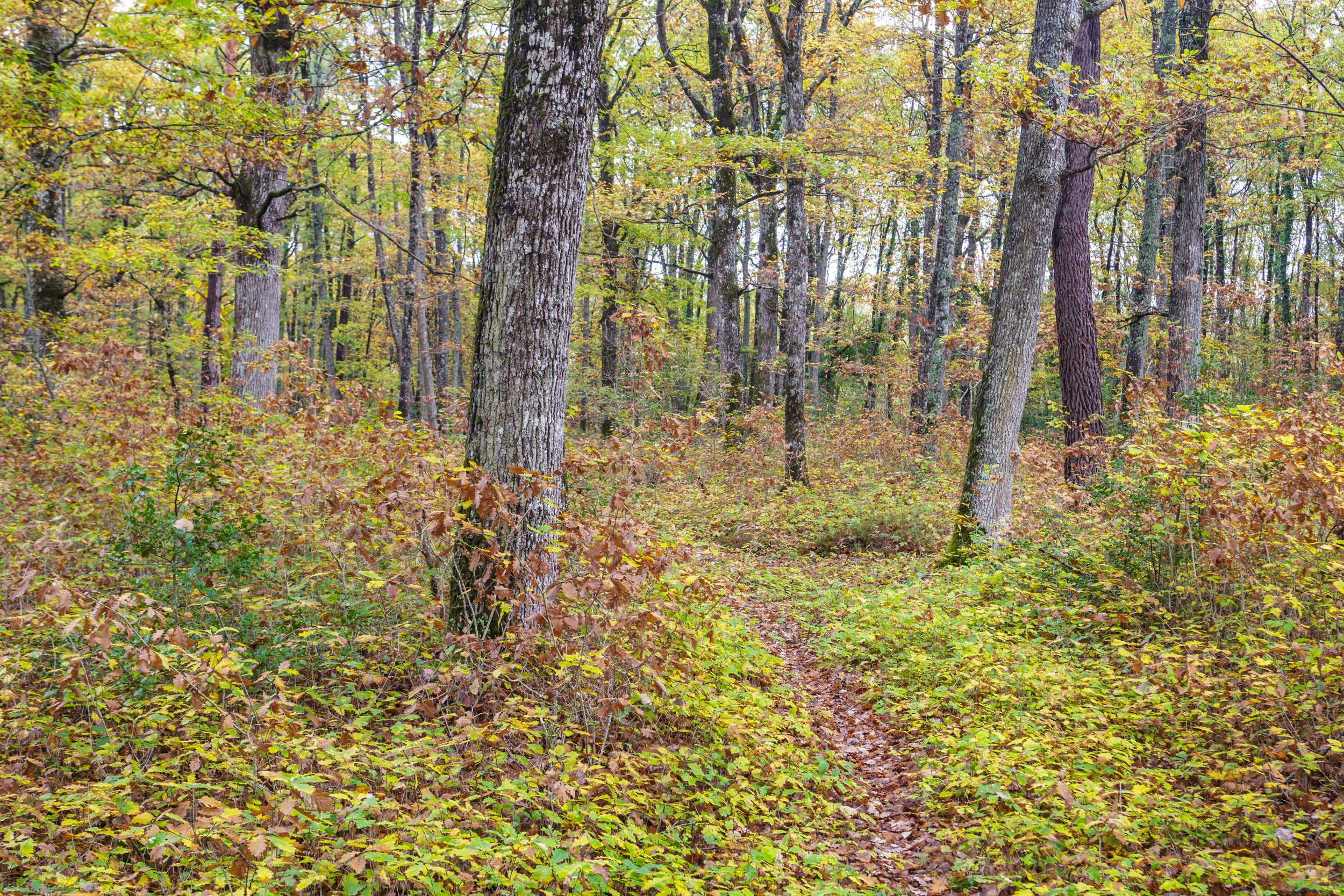
Woodland photography is one of the hardest niches of landscape photography that beginners struggle with. A tangle of branches, trunks and leaves has many wondering where to actually point their camera. Do they even take an image at all?
In my latest vlog, I give some guidance on how you can approach woodland. The first part starts in a managed woodland near home. Managed in the sense that the trees are planted in symmetrical rows thus making it easier to find the first compositions.
The next part of the video goes into an old woodland. Unmanaged and the usual tangle of trees it takes longer to find something but with perseverance it is possible.
The focal length of lenses is discussed along with some of the finer points of composition. Filters also play their part and in the final segment of the tutorial, you’ll see how adding the colour of the sky to the colourful leaves of autumn gives another dimension to the final image.
So let me guide you through the tangle of woodland to untangle what’s there into a meaningful image full of colour.
One of the first steps in mastering woodland photography is to get familiar with a local area. Choose a woodland you can easily access and practice in frequently. This familiarity allows you to understand how the light changes and how seasons affect the landscape. For instance, knowing where the water collects after heavy rain can guide your compositions and help you capture unique reflections and textures.
The quality of light is crucial in woodland photography. Different lighting conditions can dramatically affect your images:
Experiment with different times of day to see how the light influences the atmosphere of your photographs.
The lens you use can greatly impact your composition. Here’s a breakdown of lens types and their uses in woodland photography:
Select a lens based on the scene you want to capture. For tight woodlands, a 50mm lens often provides the best results.
When composing your woodland images, consider starting in a well-managed woodland. Here are some techniques to follow:
Once you’re comfortable with managed woodlands, try moving to older, more chaotic woods. Here, you’ll need to create order from the disorder. Look for strong elements like tree trunks and branches that can help frame your shot.
In ancient woodlands, use leading lines to guide viewers through your image. Paths created by animals can provide a natural route within your composition.
Additionally, consider using a polarizing filter. This can reduce glare from wet leaves and make colours pop, especially after rain. It helps you capture the richness of the woodland in your shots.
Don’t overlook the power of colour in your images. Colours like yellow and blue complement each other well, enhancing your composition. Wide-angle lenses can capture the grandeur of tall trees against a blue sky, highlighting vibrant autumn leaves.
Setting your camera to aperture priority and adjusting the exposure can help you balance bright colours against shadows, ensuring your images remain dynamic and engaging.
Woodland photography combines the beauty of Mother nature with the art of composition. By understanding your surroundings, experimenting with light, choosing the right lens, and applying compositional techniques, you can create striking images that showcase the charm of woodlands. Practice regularly, and you’ll soon find yourself taking photographs that tell a story about the enchanting world of trees.